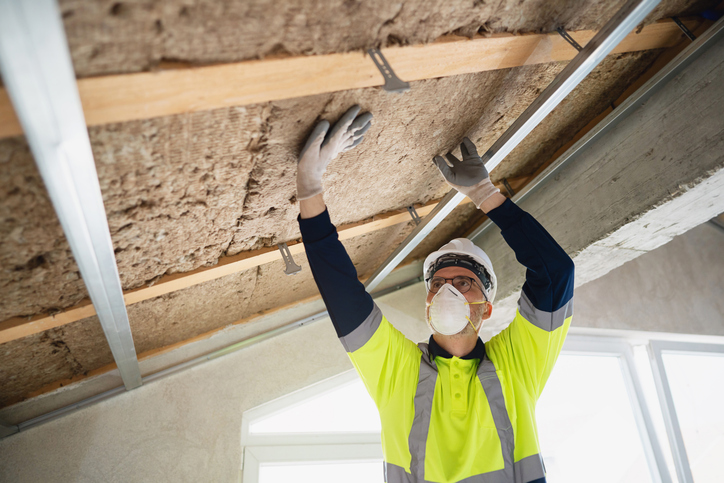What to Do If Your Gutters Freeze Up
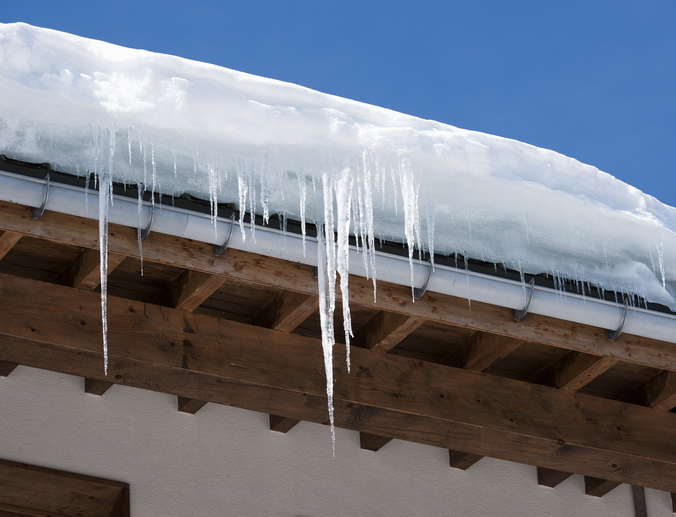
What to Do If Your Gutters Freeze Up
February 11, 2025
Winter snow and ice can look magical, but they can also wreak havoc on your home—especially your gutters. Frozen gutters are a common problem when temperatures plummet. When the water in your gutters freezes, it can lead to blockages, ice dams, and even structural damage to your home. Ignoring the issue can cause costly repairs down the road, so it’s critical to address frozen gutters as soon as you notice them.
Our JM Roofing team has everything you need to know to handle frozen gutters safely and prevent problems in the future.
Why Do Gutters Freeze?
Gutters freeze when water sitting in them gets trapped and exposed to freezing temperatures. Water can collect in your gutters for a variety of reasons, including clogged debris like leaves, poor drainage, or leaks from melting snow and ice on your roof. When the water freezes, it expands, leading to ice buildup. This can worsen if snow continues to melt and refreeze, creating heavy ice dams that weigh down your gutters or even damage your roof.
Frozen gutters aren’t just an eyesore—they can cause severe issues like water leaks, roof damage, or loosened gutters. Acting quickly is key to mitigating damage and protecting your home.
How to Prevent Gutters from Freezing in the Future
Preventing frozen gutters is far easier than dealing with them once they occur. Proactive maintenance can save you time, money, and headaches. Here are some preventive measures to consider:
1. Clean Your Gutters Before Winter
Clogged gutters are a primary cause of freezing. Remove all leaves, twigs, and debris before temperatures drop. This ensures that water can flow freely through the gutters and downspouts, reducing the risk of ice buildup.
2. Check for Proper Insulation
Adequate insulation in your attic can make a huge difference. Poor insulation allows heat from your home to escape, which melts snow on your roof. The melted snow then refreezes in your gutters, leading to ice dams. Proper insulation helps prevent this cycle by keeping heat inside where it belongs.
3. Ensure Proper Drainage
Inspect your gutters and downspouts to make sure they’re sloped correctly and free of damage. Proper drainage prevents water from pooling in your gutters and eventually freezing.
4. Add Gutter Guards
Gutter guards or covers can keep debris out and minimize clogs. Without twigs and leaves sitting in your gutters, water can flow more freely and won’t get trapped when temperatures drop.
Roofing and Gutter Experts of Norwalk
Our team of experienced and professional roofing contractors looks forward to serving Connecticut residents’ roofing and gutter needs. We can thoroughly examine the roof, identify the underlying problem, and make the needed corrections. Homeowners who notice any preceding concerns are urged to contact us immediately.
Recent News
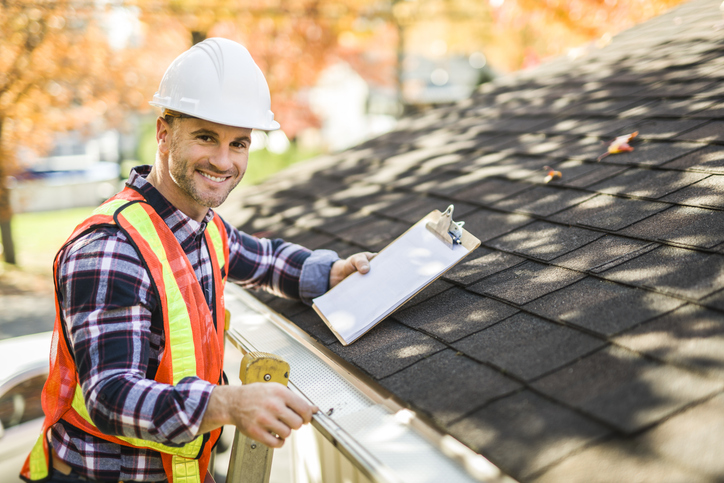
The Best Time to Schedule Roof Repairs: Why Autumn Is Not Too Late
November 20, 2025
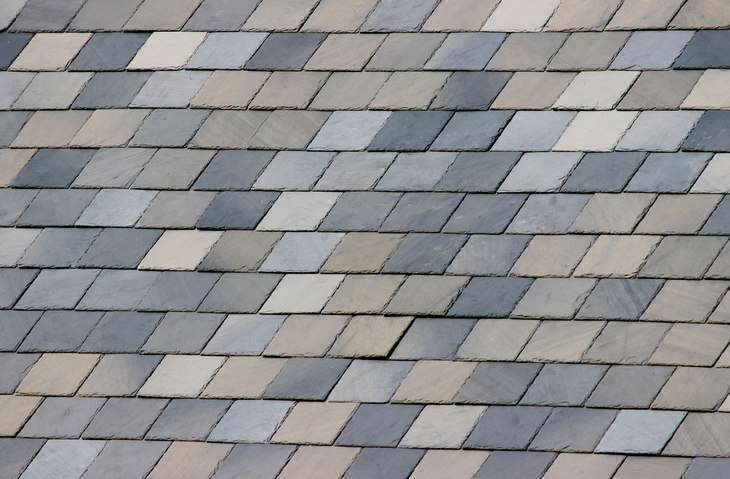
Common Signs Your Slate Roof Needs Repair
November 18, 2025
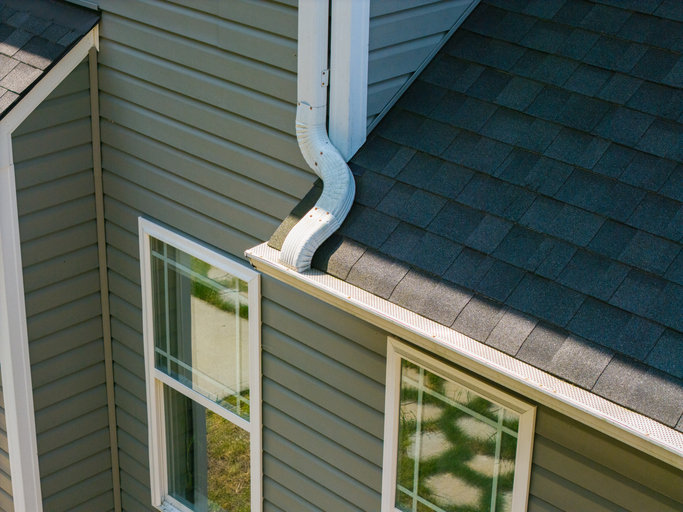
How to Maintain Your Gutters Year-Round & Avoid Water Damage
November 13, 2025
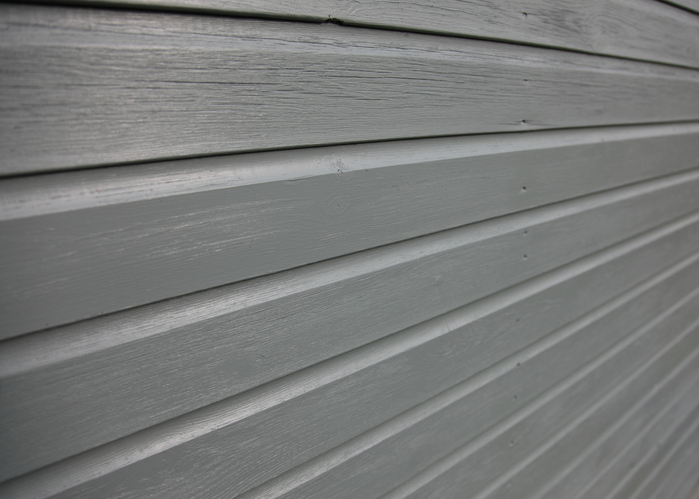
How New Siding Can Increase Your Home’s Value & Energy Efficiency
November 5, 2025
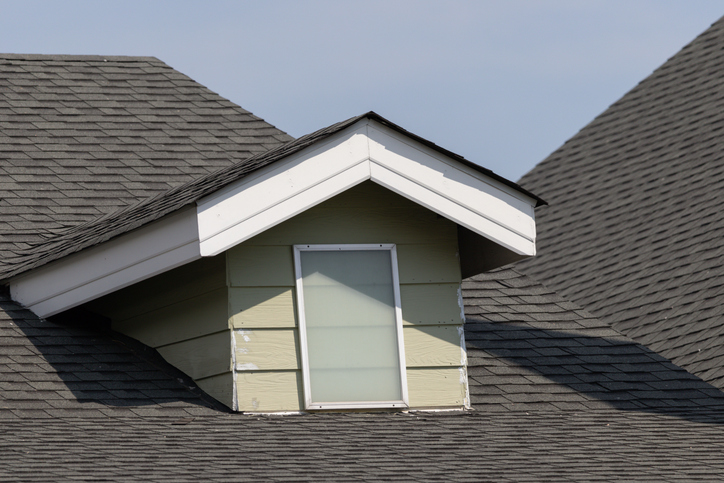
How Weather in Fairfield County Affects Your Asphalt Roof & What You Can Do About It
October 30, 2025
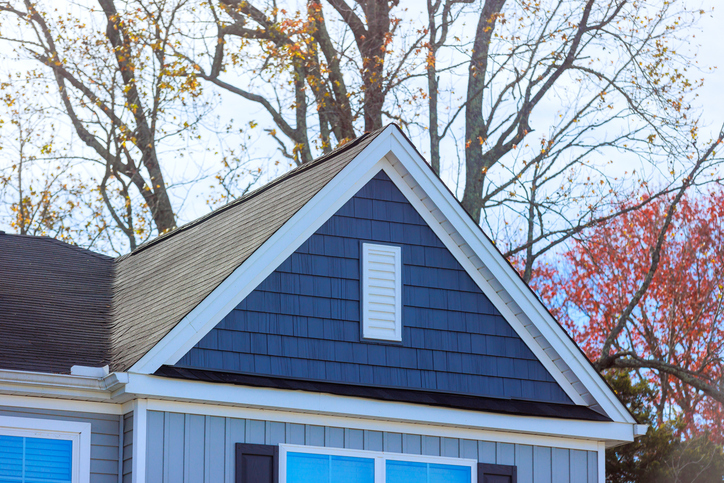
Color Trends in Siding
October 2, 2025
